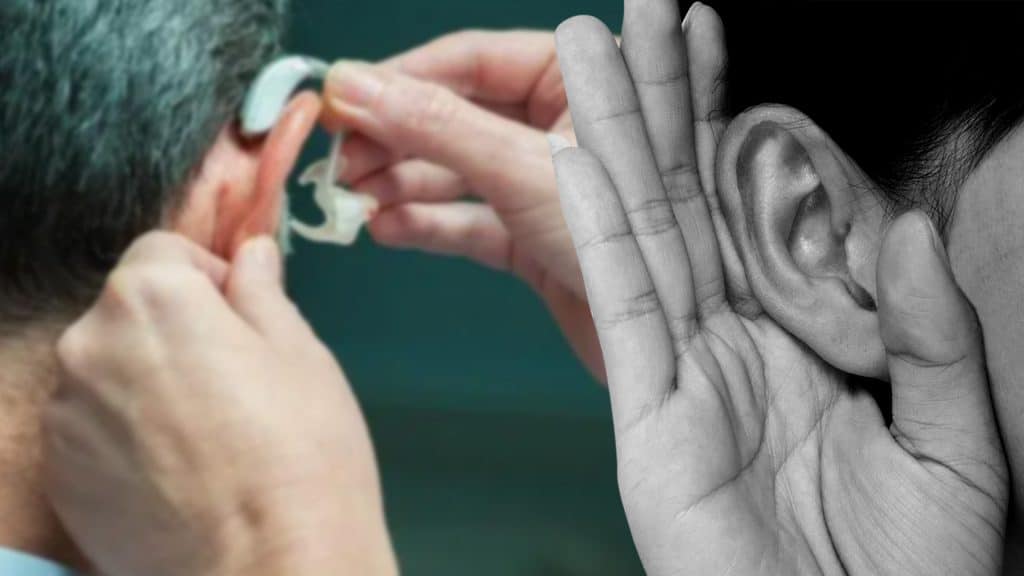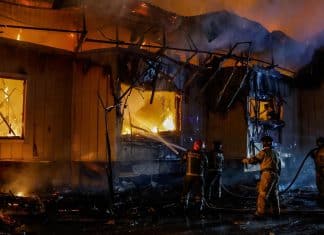
According to a new study, the way young people are listening to music, whether at home or at a concert, can potentially result in wide-scale hearing loss across the globe.
The study, published by the BMJ Global Health Journal is titled “Prevalence and Global Estimates of Unsafe Listening Practices in Adolescents and Young Adults: A Systematic Review and Meta-Analysis.”
It researched the effects of listening to music through personal listening devices (via headphones and earbuds) and attending live shows at entertainment venues such as arenas, theaters, and bars.
Adolescents and young adults are also more likely to visit entertainment venues, nightclubs, concerts, movies, and sporting events. Engaging in these activities places them at risk of developing hearing loss early in life.
The new research basically looked at 33 existing studies that compiled data from 35 records totaling more than 19,000 young people aged 12 to 34. Of the records, 17 focused on personal listening devices and 18 centered on live music venues. The new study determined that roughly 24% of young people were listening to music at unsafe decibel levels on their personal listening devices and that 48% of the people were exposed to dangerous decibel levels at various live venues.
Lauren Dillard, AuD, phD is the lead author of the study and a WHO consultant said that the study supports the need to implement strategies to prevent hearing loss, which can occur by individuals making simple modifications to make their listening habits safe and through government and industry support in implementing policies focused on safe listening
The analysis included 33 studies involving about 19,000 people between the ages of 12 to 34. About 24% of young people listened to music too loudly from their phones or music players, while 48% attended noisy venues that could impact their hearing. In addition, the researchers concluded that the number of young people at risk of hearing loss from exposure to these unsafe listening practices ranges between 0.67 to 1.35 billion.
- Recommended: Former Nazi Secretary speaks for the first time
Sound is measured in units called decibels (dB). The higher the decibel level, the louder the noise is. For example, normal conversations can range from 60 to 70 dB, whereas a motorcycle engine, sporting event, or concert can range from 95 to 110 dB The National Institute on Deafness and Other Communication Disorders recommends keeping sounds at or below 70 dB. However, long or repeated exposure to sounds and noises at or above 85 dB could cause hearing loss. In addition, loud noise above 120 dB can cause immediate harm to your ea





